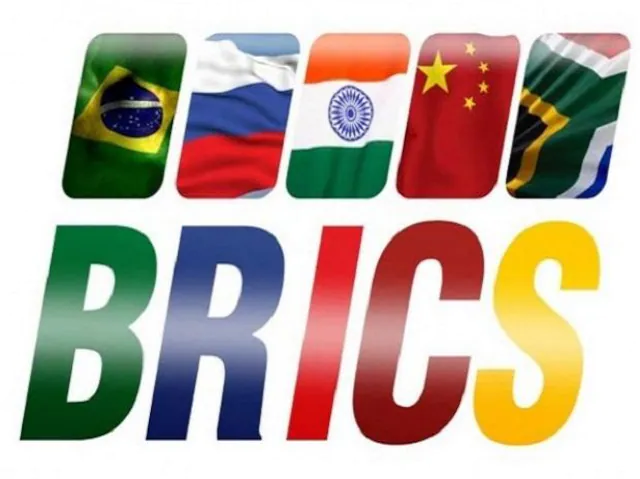For privatisation to pick up momentum, it is essential to start with "less complex" assets
Charles Dickens' famous line "It was the best of times, it was the worst of times" in his novel "A Tale of Two Cities" aptly describes the recent privatisation scenario in India.
While the bid from Macquarie to acquire a bundle of nine highways from the National Highways Authority of India (NHAI) exceeded NHAI's expectations by 50 percent, the Air India privatisation effort, in sharp contrast, failed to attract even a single bidder. Both experiences, with varying degrees of complexity, teach us valuable lessons.
Investors with capital to allocate are looking at assets in India -- one of the fastest-growing economies in the world -- with an eye on the growth in the coming decades. It is important to realise that investors, in general, are primarily looking for assets with similar qualities to what the bundle of highways offered, namely (1) Cash-flow profile clarity (2) Positive cash-flow asset (3) Consumption growth story to back the asset (4) Total management control.
It is essential first to understand the nature of investors who would be interested in a privatisation or asset monetisation in India. There are primarily four types of investors that we must look at (1) Indian corporations (2) Foreign institutional investors such as pension, sovereign and insurance funds (3) Private equity firms (4) Trade buyers.
Of these, the Indian corporates will have quite a few significant players with strategic interests in the privatisation, but by and large, given their stressed balance sheets, their involvement will be limited. If anything, cash-flow clarity will be an absolute essential for them to invest in privatisation.
Large pension, sovereign and insurance funds that have started to invest in Indian assets especially over the last few years would be interested in the asset monetisation process. Such funds look for infrastructure assets with positive cash-flow profiles. Because, in general, they have long-dated liabilities, they focus on assets that can utilise long-dated debt financing to yield stable positive cash-flows. Clarity around cash-flow profiles and positive cash-flow assets will generally be the investments such funds find attractive.



No comments:
Post a Comment